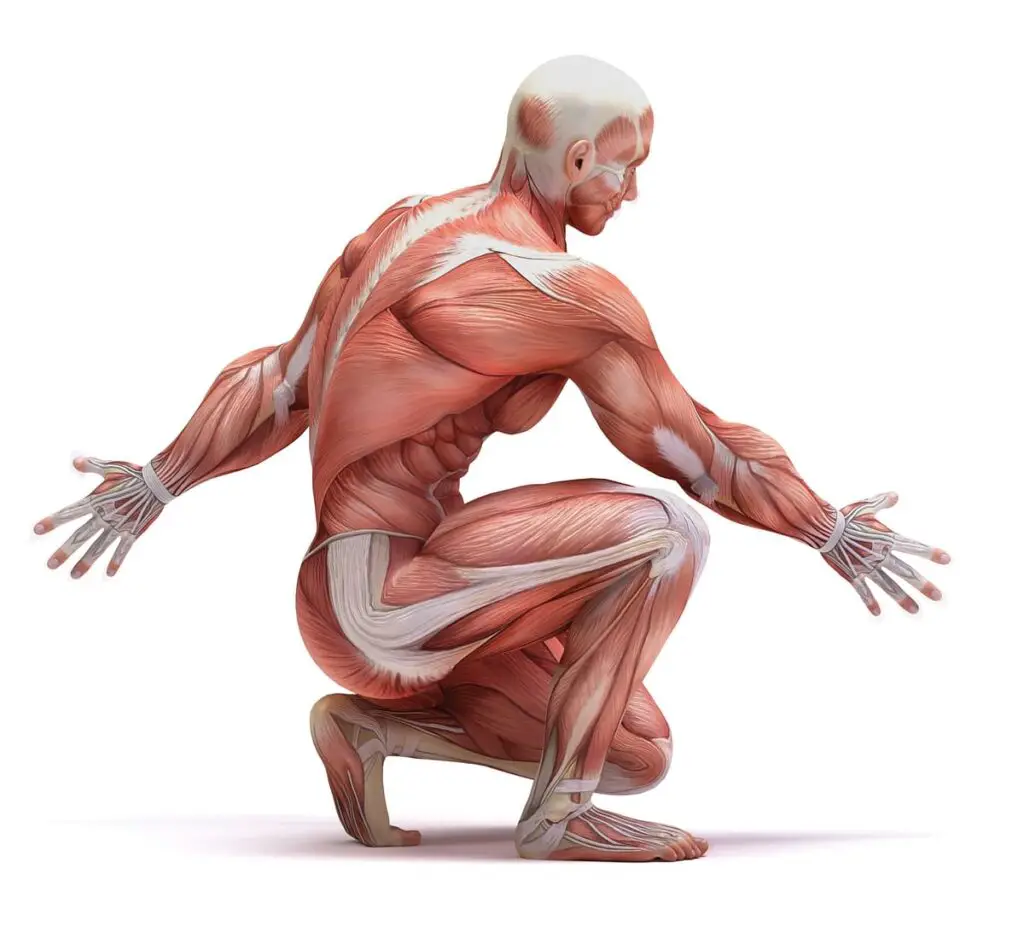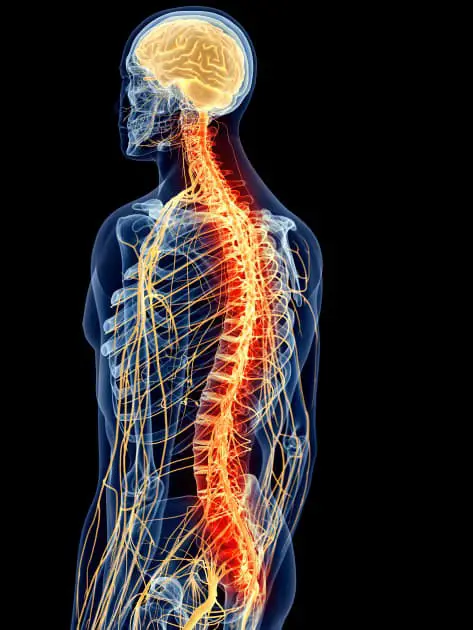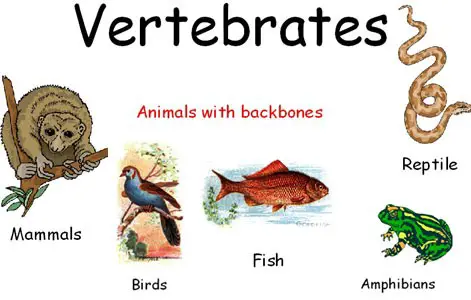As Vertebrata comes under phylum Chordata so all the three fundamental Chordate characters are present in them, additionally they have some other features which are not present in other Subphylum of phylum Chordata. Pharyngeal Gill Slits, dorsal hollow nerve cord, and Notochord, the three fundamental Chordate characters and two extra features, presence of cranium and vertebral column, so total five features present in Subphylum Vertebrata.
Besides those five major characteristics of Subphylum Vertebrata, some other features are also present in Subphylum Vertebrata which separates them from other groups of animals.
Habitats: Most of the advanced Vertebrates live on land but the lower Vertebrata generally live in water, some of them are available in both aquatic and terrestrial habitats, they are known as Amphibians.
Table of Contents
Body Size:
In Subphylum Vertebrata the range of body size vary from small to medium to large, for example, the large-sized whale comes under Subphylum Vertebrata.
Body Symmetry:
They show bilateral symmetry, the arrangements of vital organs in the Vertebrata make them bilaterally symmetrical.
Metameric Segmentation:
The metameric segmentation is not unique in Vertebrate, the other Subphylum, for example, Cephaochordata also shows metameric segmentation but in Vertebrate the metameric segmentation is more elaborated.
Body Parts:
In Vertebrates cephalization is well developed and the body is generally divided into head, trunk, and post-anal tail, but in some cases, the neck is also present, in some cases, post-anal tail becomes non-functional while in some cases the post-anal tail is functional.
Paired Appendages:
They have paired appendages in a different form, in mammals and amphibians it presents as forearm and hind arms, in birds it presents as wings and legs, in some reptiles limbs are nearly absent, in fish, the fins represent the paired appendages. The paired appendages give different types of functionality, in some cases, it helps in swimming, in some cases, it helps in running, in some cases, it helps in jumping or walking.
Integument:
The body covering is well developed with both dermis and epidermis layers, the integument modified into a different form to protect their body from the external environment.
Coelom or Body Cavity:
In Vertebrate the body cavity or coelom is generally schizocoelic type, during embryonic development it is formed by splitting of mesodermal tissue.
Exoskeleton:
The body is covered by different types of exoskeleton, the cornfield skin layer, nails, hairs, claws, scales, features.
Endoskeleton:
The cartilaginous or bony jointed endoskeleton form the framework of the body which gives mechanical strength as well as give anchorage to different parts of the body, it also gives a specific body shape. The endoskeleton is living, at a certain interval of time replaces the new cells to the old cells, the growth of endoskeleton gives them to grow more than other groups of animals.
Locomotion:
The muscular system and endoskeletal system together enable Vertebrata to perform different types of movement which helps them to move from one place to another effectively.

Digestive System:
The digestive system is complete with mouth and anus, different types of endocrine glands and nervous system also take part in digestion along with different types of enzymes secretion digestive glands.
Respiratory System:
Respiration occurs through different modes and different types of respiratory organs according to the habitat. For example fish and other aquatic Vertebrata respire through gills, but the terrestrial Vertebrata generally respire through lungs.
Vascular System:
Blood Vascular System is well developed closed type, the blood has respiratory pigment hemoglobin for efficient transport of respiratory gases. The direction of transportation occurs through the pumping activity of the muscular multi-chambered heart.
Excretory System:
Excretory materials are different types according to the habitat, in some cases, it is uric acid, in some cases, it is ammonia, in some cases it is urea, in some cases it is guanine. Excretion occurs through different types of kidneys, mesonephric or metanephric kidneys.

Nervous System:
In Vertebrate the dorsal hollow nerve cord forms the central nervous system, the anterior end of the nerve cord becomes enlarged into the brain, and the remaining part forms the spinal cord. The brain remains inside the skull or cranium, the spinal cord present inside the vertebral column. 10 to 12 pairs of the cerebral nerve arise from the brain and the spinal nerve arise from the spinal cord from the peripheral nervous system.
Sensory Organs:
Vertebrates have a cranium that houses some vital sense organs, the paired eyes for vision, ears to detect sound vibration, nose to recieve smell.
Endocrine System:
Along with the nervous system, the network of ductless endocrine glands secretion establishes very advanced coordination among different parts of the body.

Reproductive System:
General males and females are separate and in most cases sexual dimorphism is present, the gonads have ducts for discharge of gametes cells. Reproductive generally occurs through the sexual mode of reproduction and development may be direct or indirect.
Detailed Study On Subphylum Vertebrata Definition Characteristics Classification Examples and Diagram
Reference
Subphylum Vertebrata and its Diversity
Cephalochordata Characteristics Features Classification Examples and Diagram
Urochordata Classification Morphology Characteristic Features
Characteristics Features of Hemichordata
General Comparison of Hemichordata Urochordata and Cephalochordata
Comparative Study of Digestive System in Hemichordata Cephaochordata and Urochordata
Hi Everyone!!! Welcome to Imaluop. Imaluop always try to learn some new and he want to share to other people. Here we will try to learn various topics on Science, specially on Biological Sciences.